Extreme Rainfall Leaves Communities on Edge
Relentless rainstorms have drenched the Central US over the past week, flooding both cities and rural areas. The National Weather Service reports that some locations saw up to 8 inches of rain in less than 48 hours—far exceeding the June average for the region. In Oklahoma, roads turned into rivers, stranding vehicles and halting travel. Missouri and Arkansas residents reported flooded basements and overflowing storm drains, while emergency crews worked around the clock to rescue people trapped by rising waters. Officials issued flash flood warnings across multiple counties, urging residents to seek higher ground. Meteorologists blame a rare, slow-moving low-pressure system for the unyielding downpours, which have intensified rainfall and heightened flood risks throughout the Central Plains.
Deadly Tornadoes Compound the Crisis
Alongside the floods, powerful tornadoes have torn through Kansas and Nebraska, devastating entire communities. The Storm Prediction Center confirmed at least twelve tornado touchdowns in the past 72 hours, with winds topping 120 mph in some cases. These storms flattened homes, uprooted trees, and left neighborhoods without power for days. Officials have confirmed at least seven deaths, most of them people caught at home when the tornadoes struck. Hospitals have treated dozens of storm-related injuries, underscoring the danger of this weather system. Emergency managers are urging vigilance as more severe weather looms, with recovery efforts hampered by the dual threats of flooding and tornadoes.
Major Rivers Swell to Critical Levels
Heavy rainfall has pushed major rivers such as the Mississippi and Arkansas to “major flood stage” levels, according to the U.S. Geological Survey. In towns along the Missouri River, residents watched water creep dangerously close to homes and businesses. Levees in several counties have been tested, with minor breaches forcing evacuations. The Army Corps of Engineers has deployed teams to reinforce vulnerable spots with sandbags and temporary barriers. St. Louis recorded some of its highest June river levels in over a decade. Officials warn that if the rain persists, additional levee failures could occur, threatening thousands more residents. Communities in floodplains remain on high alert as emergency shelters take in evacuees.
Infrastructure Faces Severe Strain
The flooding has placed immense strain on public infrastructure. Roads and highways across Texas and Oklahoma have been washed out or closed, with dozens of shutdowns reported as of Wednesday. Downed power lines and utility poles from both high winds and floodwaters have left thousands without electricity or internet. Water treatment plants in low-lying areas are struggling, prompting boil-water advisories in several towns. Rail lines essential for transporting agricultural goods have been disrupted, raising concerns about supply chain impacts. City officials are asking for patience as crews work around the clock to restore utilities and repair damaged infrastructure, warning that the full scope of destruction won’t be clear until floodwaters recede.
Emergency Services Stretched Thin
First responders are working nonstop to answer hundreds of emergency calls. Firefighters, police, and National Guard units have carried out numerous water rescues and evacuations in the hardest-hit areas. In Tulsa, Oklahoma, firefighters performed more than 60 high-water rescues in one night. Emergency shelters set up in schools and churches are quickly filling with displaced families. Medical teams are treating injuries and illnesses linked to flooding, while relief organizations like the Red Cross distribute food, water, and blankets. Mental health professionals are on site to help residents cope with the trauma. Officials are asking unaffected communities to send additional personnel and supplies to ease the pressure.
Thousands of Homes Damaged or Destroyed
The destruction to homes is staggering. Early insurance estimates suggest more than 15,000 houses have been damaged or destroyed by flooding or tornadoes. In some neighborhoods, entire blocks are uninhabitable, with waterlogged interiors, collapsed roofs, and ruined appliances. Families have been forced to abandon cherished belongings, uncertain if they’ll ever return. Local governments have deployed assessment teams to document damage and help residents start insurance claims. Volunteers are helping to clear debris and salvage what they can. The emotional toll is evident in the faces of survivors, many of whom say they’ve never experienced storms of this magnitude.
Economic Impact Hits Local Businesses
Local economies have taken a severe hit. In cities like Wichita and Little Rock, small business owners face flooded storefronts, destroyed merchandise, and prolonged closures. Restaurants, grocery stores, and service providers are shutting down, some indefinitely. Farmers are also reeling, with wheat and corn fields submerged under water, threatening this season’s harvest. Chambers of commerce are pressing for state and federal disaster aid to help businesses recover. The financial strain is worsened by forecasts of more severe weather, leaving many owners questioning how long they can hold on.
State and Federal Aid Rushed to the Region
Governors in multiple states have declared emergencies, unlocking critical resources and speeding aid delivery. FEMA has sent assessment teams and begun distributing financial assistance for temporary housing, repairs, and personal property losses. Disaster recovery centers are helping residents navigate the aid process. National Guard units are assisting local law enforcement and distributing supplies. President Biden has pledged federal support “for as long as it takes” to recover. Lawmakers are also weighing additional funding to strengthen levees and boost future flood preparedness.
Residents Rally Together Amid the Chaos
Amid the destruction, acts of kindness and resilience shine through. Neighbors are helping each other clear out flooded homes, sharing food and supplies with those who have lost everything. Social media is aiding coordination of rescue efforts and donation drives. Churches and community centers are sheltering displaced families. Local businesses still operating are offering free meals and supplies. Parents are comforting children, reminding them that better days lie ahead. The Central US’s long tradition of unity in crisis is on full display.
Forecast Remains Uncertain as Risk Continues
Meteorologists warn that the threat isn’t over. New models from the National Weather Service indicate another storm system forming over the Rockies, which could bring more heavy rain and severe weather by the weekend. Flood warnings remain active for dozens of counties, with officials urging residents to monitor alerts and evacuate if ordered. River levels will likely stay high, and saturated ground means even modest rainfall could cause more flooding. Authorities are asking residents to avoid travel unless necessary and remain vigilant in the coming days.
This article has been carefully fact-checked by our editorial team to ensure accuracy and eliminate any misleading information. We are committed to maintaining the highest standards of integrity in our content.

Katie is a senior who has been on staff for three years. Her favorite type of stories to write is reviews and features. Katie’s favorite ice cream flavor is strawberry.


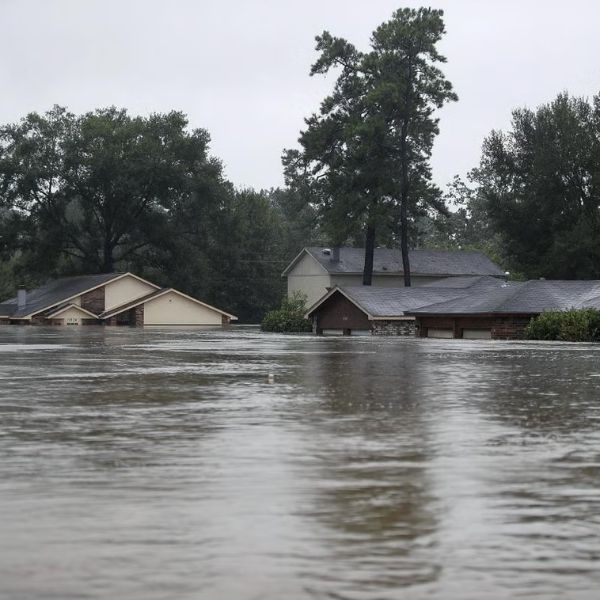
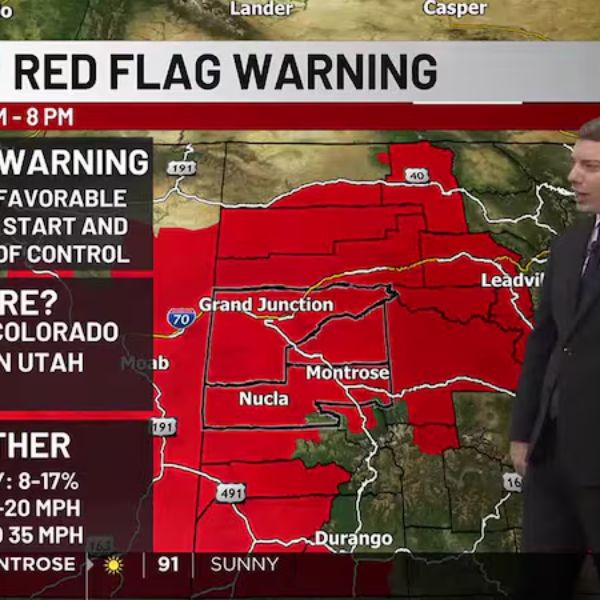
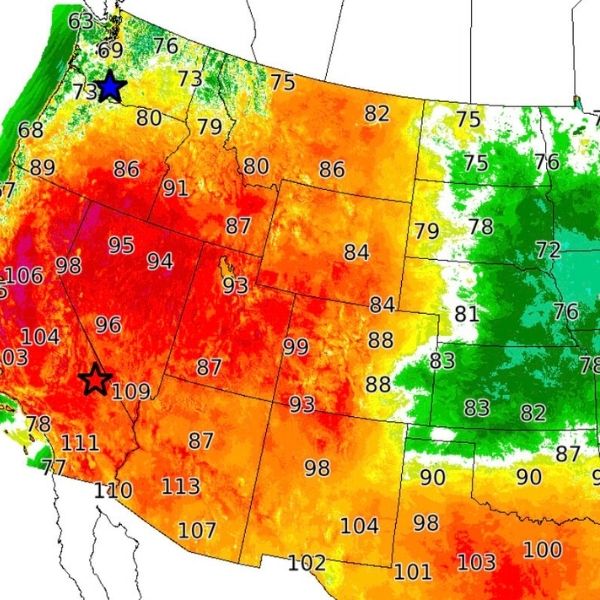
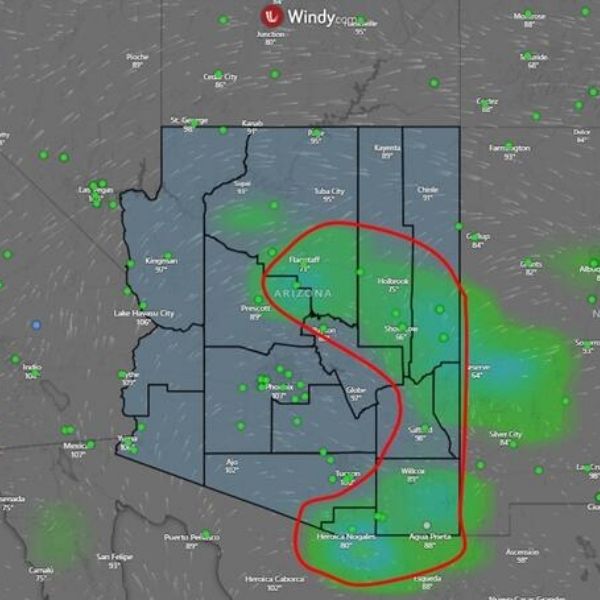
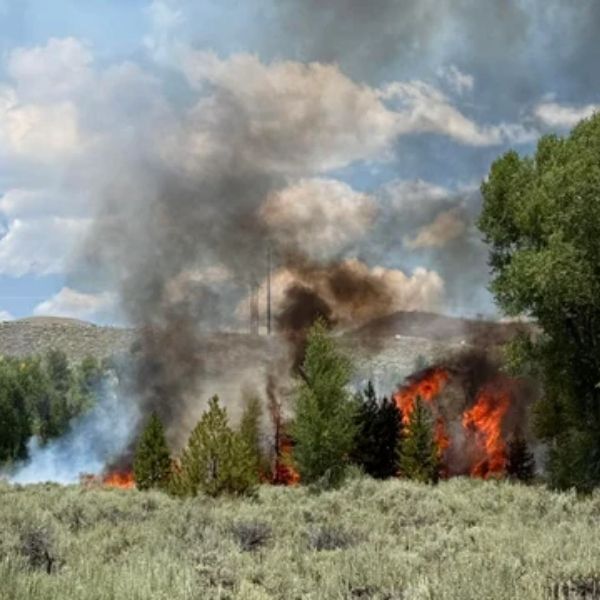
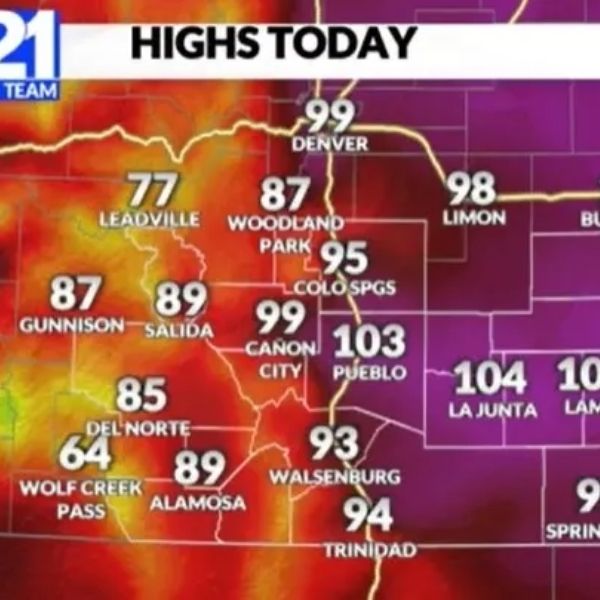
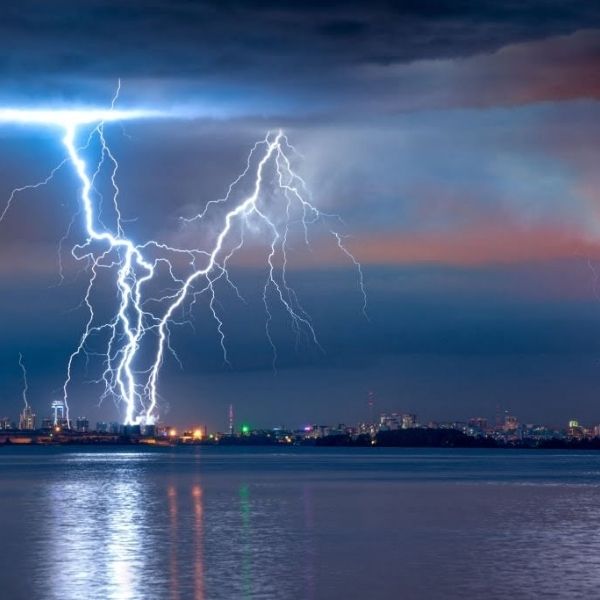
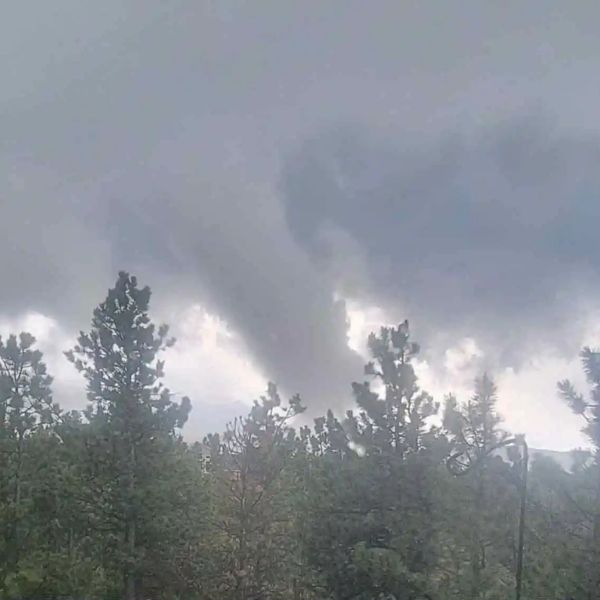
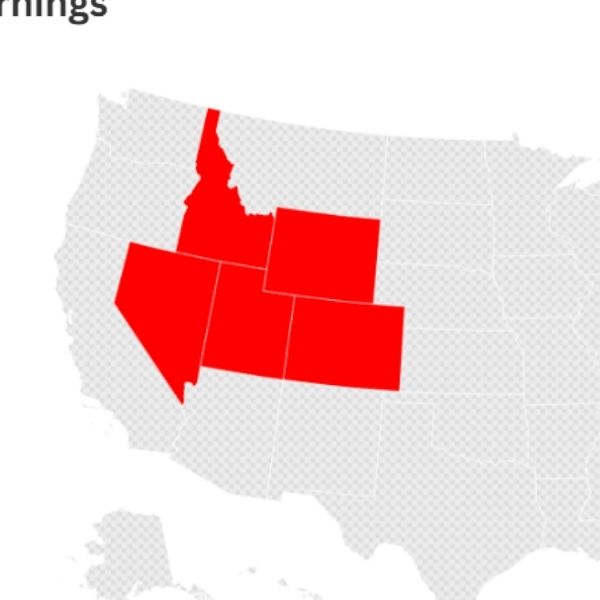
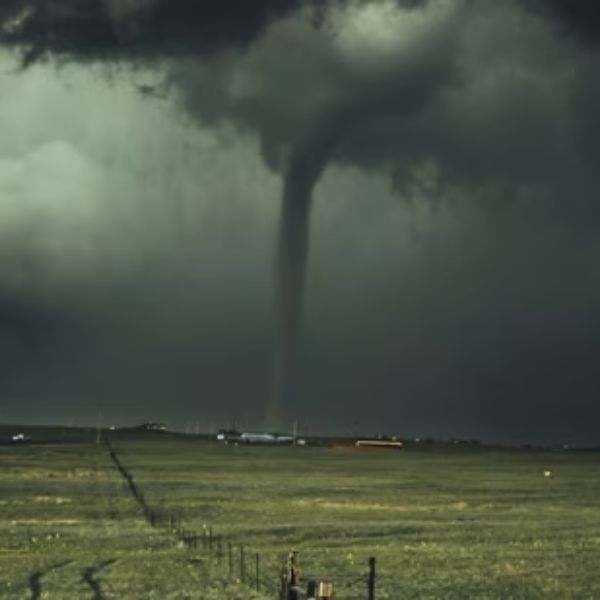



Leave a Reply